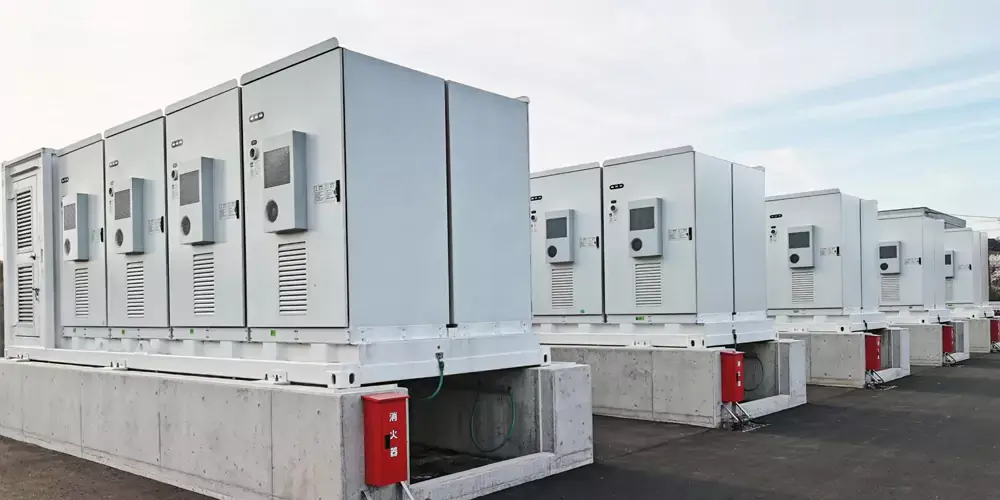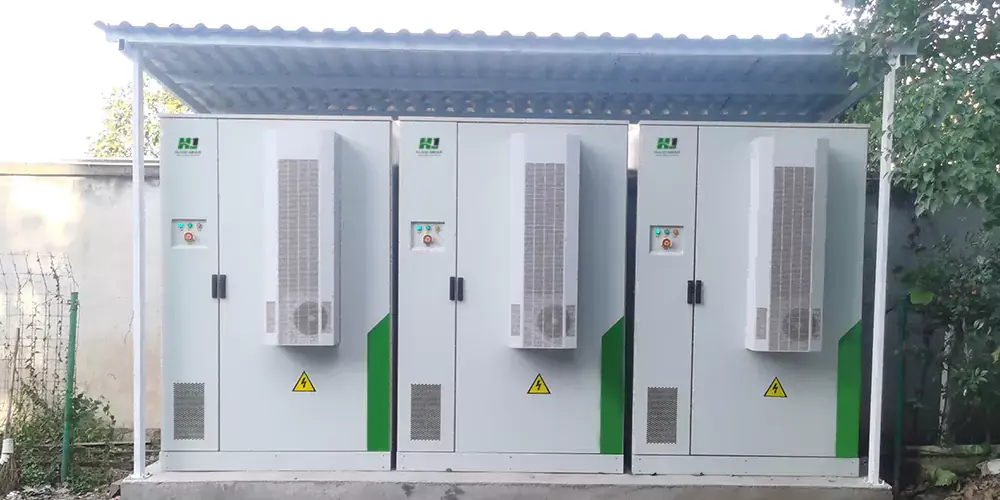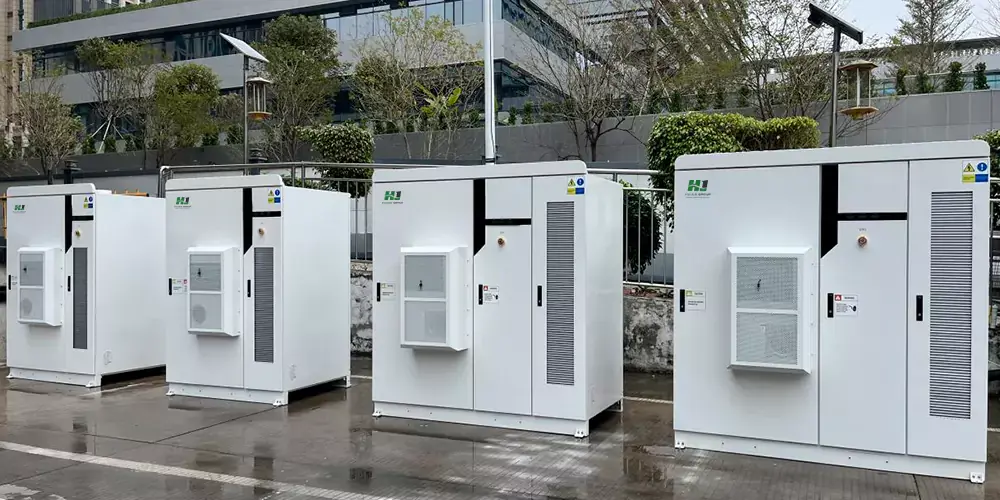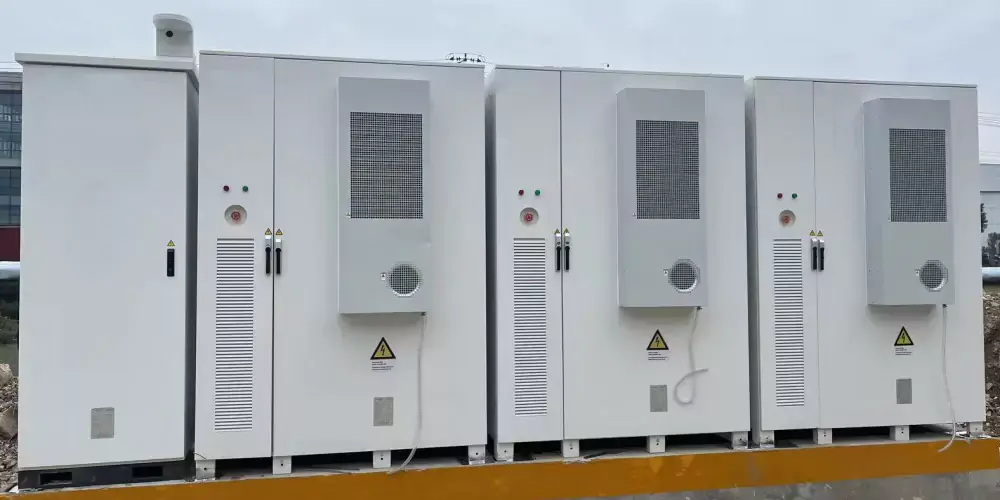The Prospects and Challenges of Distributed Energy Storage Systems on Islands
The application of distributed energy storage systems on islands holds significant potential and promise, yet it also confronts a set of distinct challenges.
The prospects of distributed energy storage systems on islands are highly promising. One of the key benefits is the enhancement of power supply reliability. Islands often rely on a single source of electricity, such as diesel generators or submarine cables. A distributed energy storage system can serve as a backup power supply, ensuring a continuous electricity supply during main power source failures or outages.
Another advantage is the facilitation of renewable energy integration. Many islands are endowed with abundant renewable energy resources like solar and wind. However, the output of these sources is intermittent and unstable. Distributed energy storage systems on islands can smooth the output of renewable energy, increasing its penetration in the power grid.
The achievement of energy independence is also a notable aspect. By combining distributed generation and energy storage systems, islands can reduce their reliance on external energy sources to a certain extent, enhancing energy security.
Improvement in power quality is another benefit. Energy storage systems can regulate the voltage and frequency of the grid, reducing voltage fluctuations and flickers.
They also support the operation of microgrids. In the context of islands, where microgrids are often constructed, distributed energy storage systems play a crucial role in ensuring stable operation and autonomous control.
Despite these promising prospects, there are several challenges to overcome. The high initial investment cost is a significant hurdle. Deploying distributed energy storage systems requires a substantial upfront capital investment, which can be a deterrent for many island communities.
The performance of energy storage technologies also needs improvement. Current technologies may have limitations in terms of energy density, cycle life, and response time, especially in the harsh environmental conditions often found on islands such as high temperatures, humidity, and salt spray.
The lack of appropriate policies and standards poses another challenge. There is a need for specific regulations and policies to guide the planning, construction, operation, and management of distributed energy storage systems on islands. Moreover, comprehensive standard systems covering technical, safety, and performance aspects are essential to ensure the quality and reliability of these systems.
To address the high initial investment cost, several measures can be taken. Governments can offer subsidies and preferential policies to incentivize the deployment of distributed energy storage systems. This can reduce the financial burden on project developers and users. Introducing financing mechanisms, such as special loans and attracting social capital, can provide the necessary funds for these projects. Additionally, large-scale procurement by aggregating the demands of multiple islands can lead to cost savings through economies of scale.

To enhance the performance of energy storage technologies, increased research and development efforts are crucial. This includes support for research institutions and enterprises to develop technologies tailored to the unique environmental conditions of islands. Optimizing the system design based on the specific energy demands and renewable resources of each island can also improve efficiency and stability. Demonstration projects showcasing advanced energy storage technologies on islands can accelerate their validation and widespread adoption.
In terms of policy and standard development, specific regulations and policies should be formulated to clearly define the requirements for distributed energy storage systems. Establishing comprehensive standard systems will ensure the quality and reliability of these systems. Simplifying the approval process for these projects will expedite their implementation.
Strengthening operation and maintenance management is equally important. Training local personnel for operation and maintenance will not only improve their skills but also reduce costs. The establishment of remote monitoring systems will enable real-time monitoring and prompt problem-solving. Regular equipment maintenance and upgrades will ensure the long-term stable operation of the systems.
Promoting the optimization of energy management through the development of intelligent energy management systems and educating users on energy conservation will also contribute to the effective utilization of distributed energy storage systems.
In conclusion, while the application of distributed energy storage systems on islands faces challenges, the potential benefits are substantial. By implementing a combination of strategies to address these challenges, we can unlock the full potential of distributed energy storage systems and drive sustainable energy development on islands.
Contact us
- Email:[email protected]
- Tel: +86 13651638099
- Address: 333 Fengcun Road, Fengxian District, Shanghai
Get A Quote Now!





